They’re charming, they’re unusual, and they’re unlike any other pets you might have at home. We’re talking about seahorses, of course, and today, we’re going to dive into the intriguing realm of keeping seahorses as pets. From the unique qualities that define this species to the specific care needs they require, we’re covering it all. Hang on tight, this is going to be a thrilling ride!
Understanding the Seahorse Species
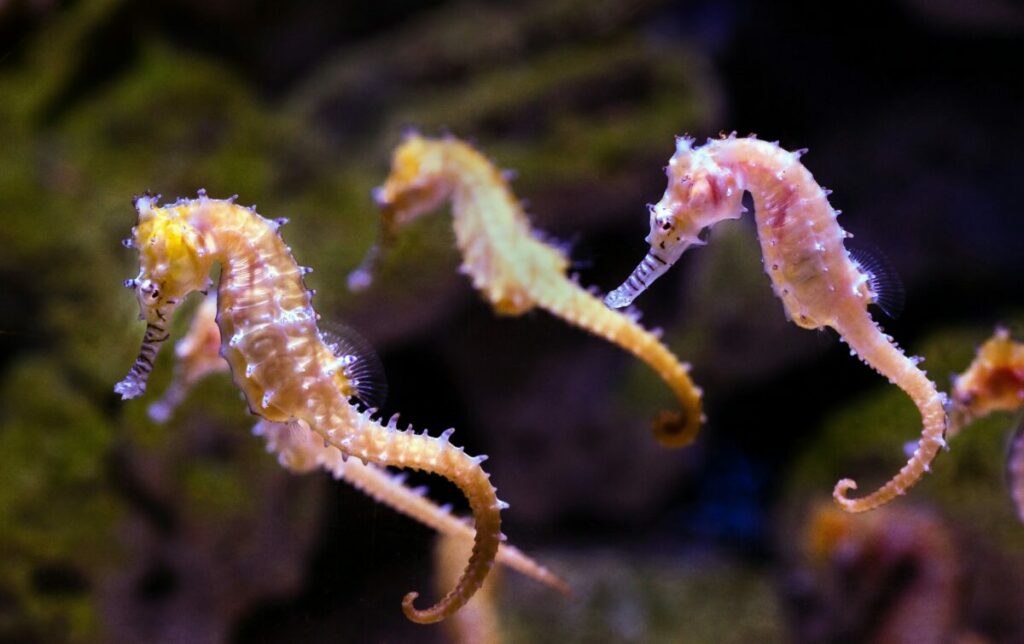
Seahorses, belonging to the family Syngnathidae, are enchanting creatures native to tropical waters. They’re remarkable fish bearing an uncanny resemblance to a horse’s head, and a body more akin to a crocodile, equipped with a long, coiling tail for balance and grip.
Equally interesting is their reproductive quality. It’s the male seahorse that becomes impregnated, carrying the offspring in a brood pouch. Once he gives birth through his tail, he is responsible for caring for the newly-hatched babies.
Invest in Captive-Bred Seahorses
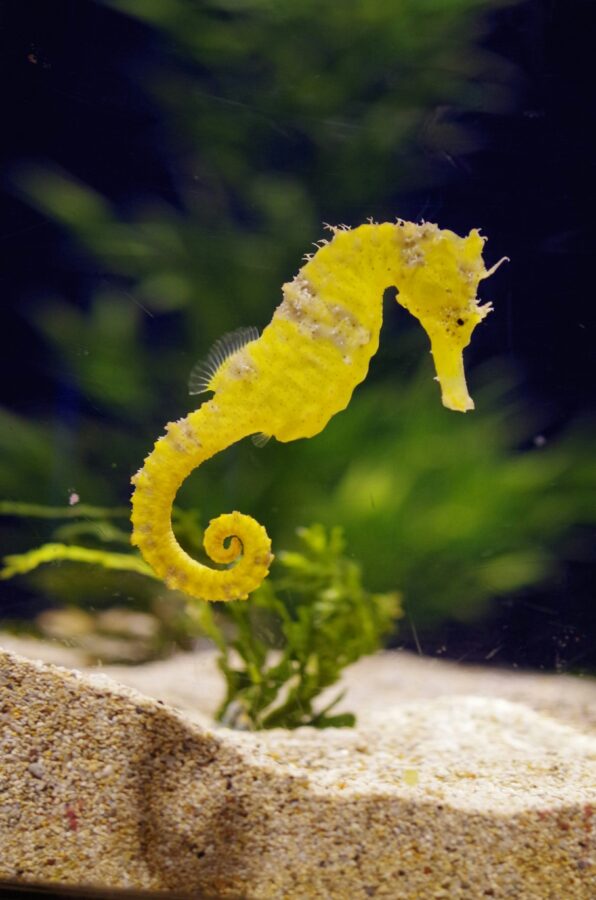
In order to foster a healthy seahorse tank, it’s critical to source your pets from a reputable dealer. It’s never wise to keep seahorses as pets that were once wild, as they may carry parasites that could threaten both them and the other occupants of the tank.
The Importance of a Proper Setting
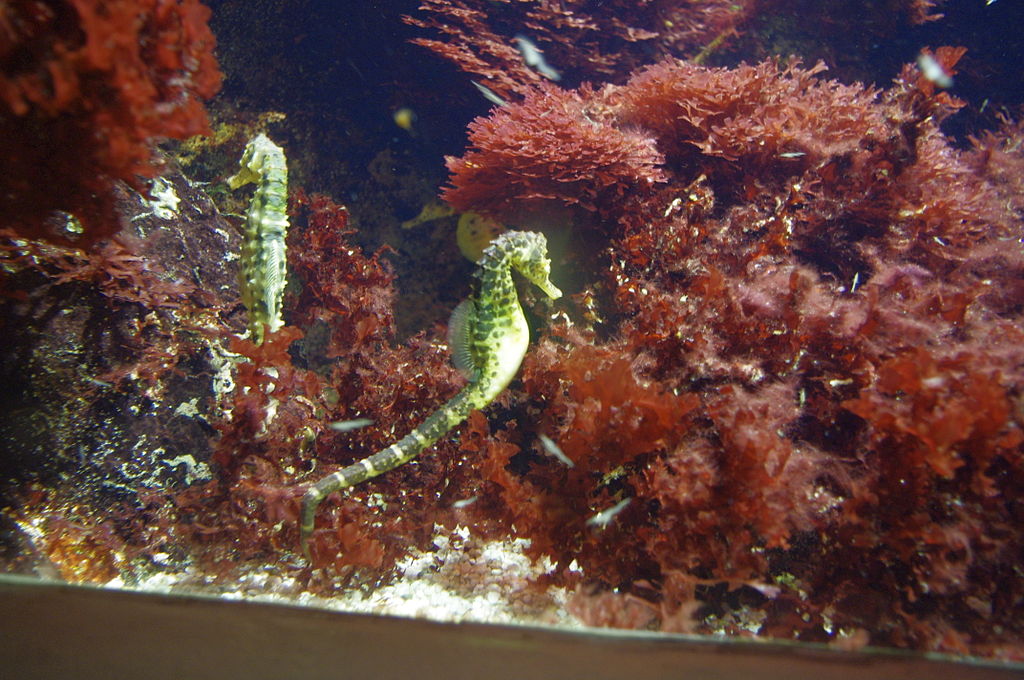
Seahorses aren’t your run-of-the-mill tank fish. To thrive, they require a specific environment. Here are a few noteworthy elements:
- A glass aquarium
- Commercial sea water
- A hydrometer to regulate the gravity and salinity levels.
Efficient Filtration is Key
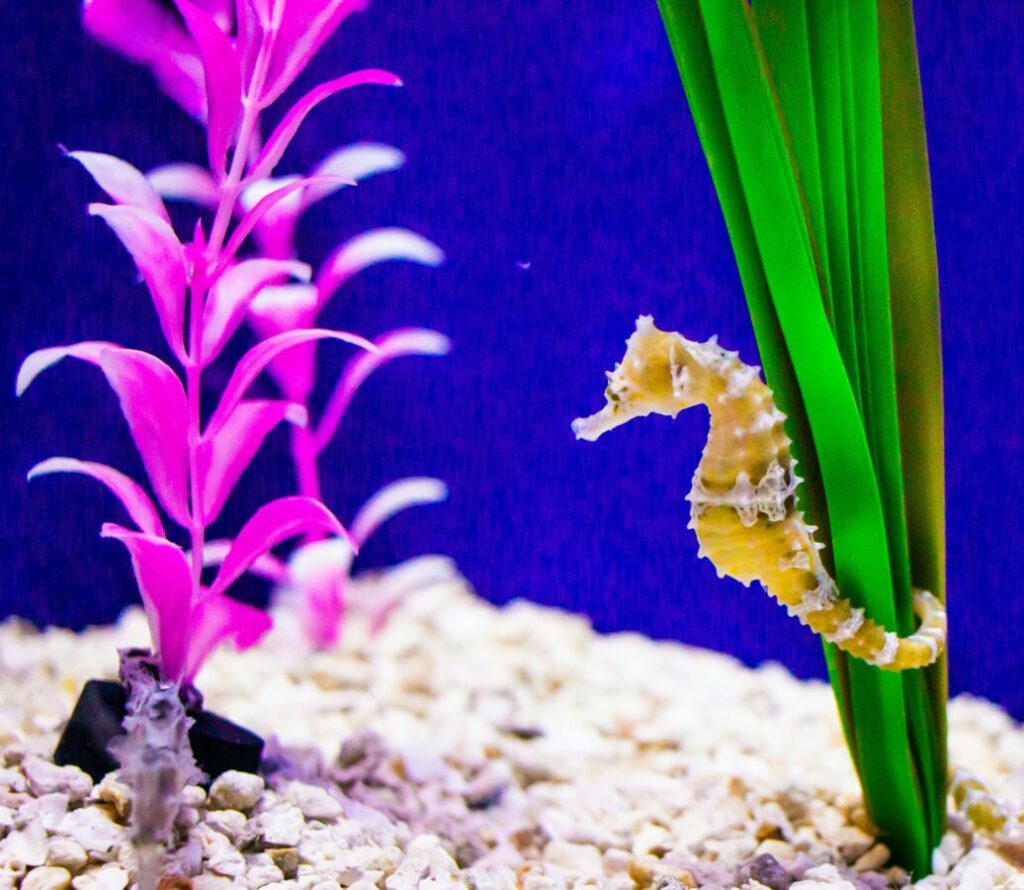
Ensure your tank is equipped with a robust filtration system designed specifically for seahorses. Most pet supply stores offer these. Seahorses need this special filter to flourish, and if you plan on having a few of them in your tank, an under-gravel filter, paired with a canister filter filled with media, is the best choice to keep the water perfect for your seahorses.
Lighting and Plant Life
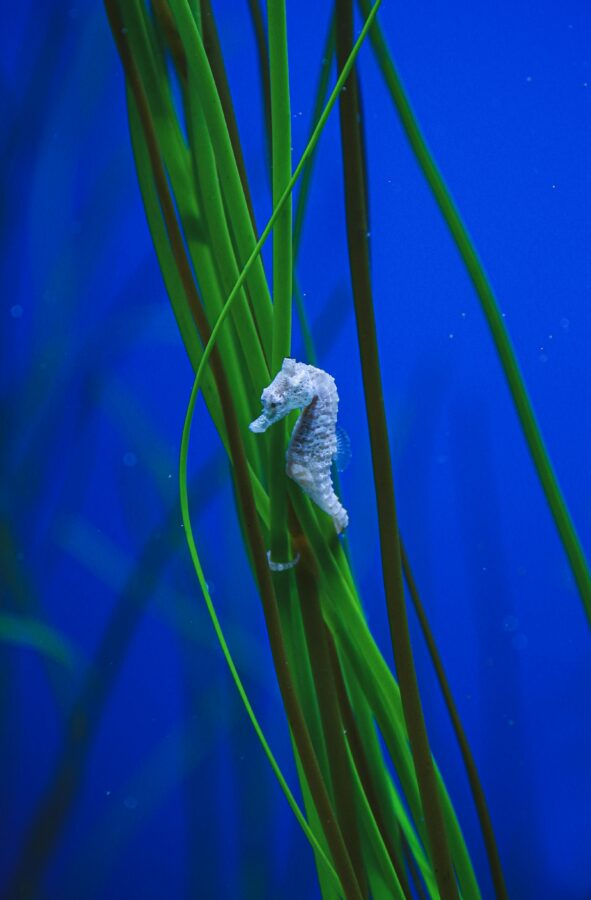
Your seahorse tank must have a proper lid and a fluorescent light. The light encourages growth in the tank’s plant life, aids in food hunting for the seahorses, and promotes algae growth. Algae releases oxygen into the water and reduces carbon dioxide, hence promoting a healthy environment for your seahorses.
The plant life plays a crucial role in your seahorse’s habitat. From providing nutrients and food, to neutralizing metals and correcting PH levels, they are elementary for a harmonious aquarium.
The Menu of a Seahorse
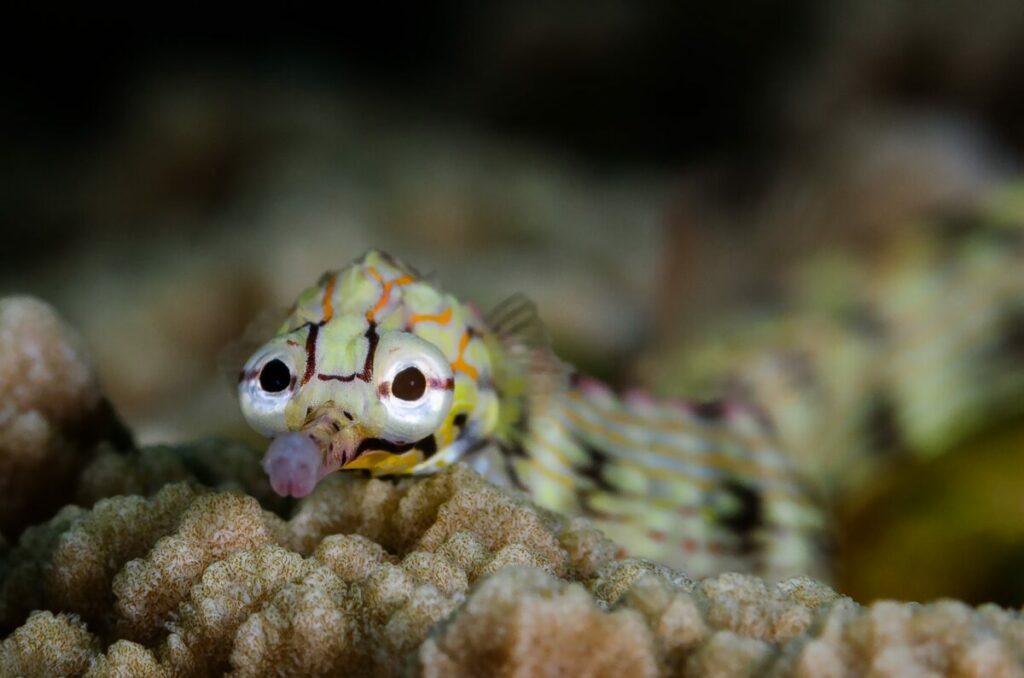
Of course, keeping seahorses as pets also includes understanding their dietary needs. Seahorses dine on tiny aquatic fare, such as brine shrimp. They prefer to hunt, meaning dried or frozen food may not be to their liking. It can be beneficial to keep a separate, small aquarium to breed a fresh supply of these foods, making sure your seahorses always have a nutrient-rich diet available.
Related Resources: